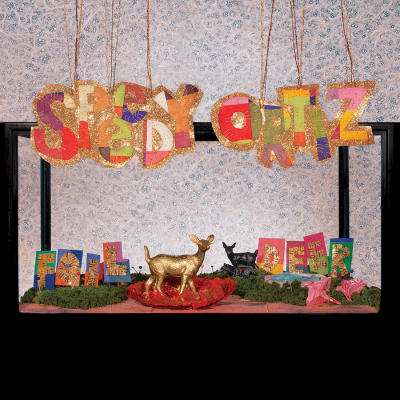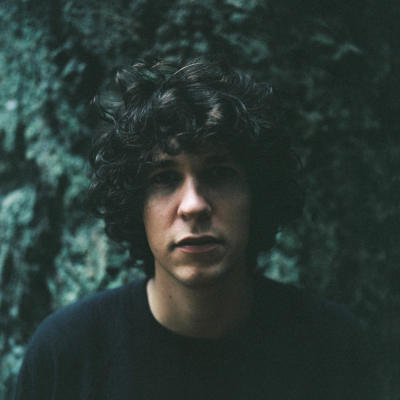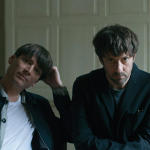It's been 12 years since Blur released a proper studio album. In 2003, the dark and experimental Think Tank seemingly ended the band's career on a rather strange note. It's unexpected, then, that The Magic Whip, the band's first album of their comeback phase most immediately resembles their 1994 masterpiece Parklife. The fractured pop melodies, delivered in Damon Albarn's deadpan drawl, the Kinks-indebted guitars and backing harmonies and the noodling keyboard melodies are all here, but this record is no retread or attempt to recapture the sound of the band's glory days.
So what's changed in the two decades since Parklife, the absolute apex of Blur's career? The sound is very similar, but the attitude has changed. There is a strange delicacy to this record - it's almost ghostly - and it feels as if at any moment it may drift away like smoke. Opener "Lonesome Street" is a sublime pop moment, thought it is subdued and strangely muted. It is followed by the sparse rhythms and reverb-drenched guitars of "New World Tower," where an organ and chattering synthesiser wander about as if lost.
The first single released from the record was the noisy "Go Out." Accompanied by an obtuse lyric video showing a woman making ice cream intercut with hazy footage of the band performing, the song is pretty emblematic of the record as a whole. There are drums and there are guitars and there are verses and choruses, but nothing on the record really sounds like "rock" music. It is too muted, too subterranean, too paranoid to have the same smart aleck swagger as Blur's previous work.
And the effect is absolutely enthralling. The weird neon-lit netherworld (perhaps influenced by the heady crush of Kowloon, Hong Kong where the band first began work on the album) that the band conjures on this record feels like a fully-formed artistic statement. The band's sense of humour and wit is still here, but it is delivered with a side of cynicism and sourness - a kind of claustrophobic push - that makes it feel urgent and vital.
"There Are Too Many of Us" was inspired at least partly by last December's hostage crisis in Martin Place; Blur's Damon Albarn was in Sydney at the time. The song evokes the pressing of crowds in urban life, creating a sense of buzzing tension that is spine-tinglingly powerful. "There are too many of us / That's plain to see / We all believe in praying / For our immortality" Albarn sings, nearly drowned in the song's strident, marching rhythm, and one wonders if he is singing about over-population or if he is flirting with the mindset of an extremist.
It's absolutely thrilling that a band like Blur can make something so complex and challenging this far into their career instead of relying on the old tricks that got them there in the first place. That they can make the complexity of the music palatable and even danceable is another achievement in and of itself. Pop hooks abound on the aforementioned "Lonesome Street" and the uptempo shout-along "I Broadcast." Even the lengthy, drifting "Thought I Was a Spaceman" is irresistibly lush.
The Magic Whip is a strong and satisfying record because it finds the band trying many things - right down to gently loping reggae on late-album highlight "Ghost Ship" - and then binding all of it together with an inescapable sense of purpose and aesthetic. Not every song is an absolute stunner, but when the album gets it right, it gets it so right. Just check out the incredible final third of the album, from "Ghost Ship," through the creepy, mist-shrouded bounce of "Pyongyang" and the rich bootleg Phil Spector pop of "Ong Ong" to closing track "Mirrorball"'s gorgeous, rangy rock for proof that, after all these years, Blur are still in a league of their own.
The Magic Whip is out now on vinyl, CD and digitally. You can see Blur live at their Splendour in the Grass side show with Jamie T on July 25 at Qantas Credit Union Arena.





